

A full night’s sleep is essential to your overall health. When well rested, you feel good and can function at your best. According to statistics, approximately 25 million adults in the United States suffer from obstructive sleep apnea, and more than three times that number snore. At the office of New Image Orthodontics, we provide care to address these issues so that you can enjoy a safe and uninterrupted night’s sleep.
Sleep apnea is a serious and potentially life-threatening disorder involving repeated pauses in breathing while asleep. The most common form of this condition is obstructive sleep apnea. It occurs when there is an obstruction of an individual’s airway that interferes with the flow of oxygen through the nose or mouth during sleep.
In someone afflicted with obstructive sleep apnea, the muscles of the throat and mouth relax during sleep to the point where they fall back into the upper airway and create a blockage that restricts breathing.
The signs and symptoms of this disorder during sleeping hours may include loud snoring, episodes of breathing cessation, abrupt awakenings, gasping for air, and difficulties getting a good night’s sleep. An individual with sleep apnea will exhibit problems during the day as well. Sleep apnea can lead to a morning headache, excessive daytime sleepiness, difficulty concentrating, and irritability. Furthermore, suffering with sleep apnea can be associated with other medical conditions such as diabetes, cardiovascular and heart issues, gastric reflux, and depression.
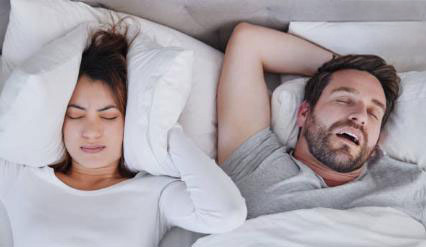

A sleep study conducted by a physician can determine the presence and severity of the disorder. The results of this study and other medical findings will play a role in determining the recommended therapy.
One common form of therapy for obstructive sleep apnea is a CPAP machine worn while sleeping. This device provides a steady stream of pressurized air into the respiratory system through a mask.
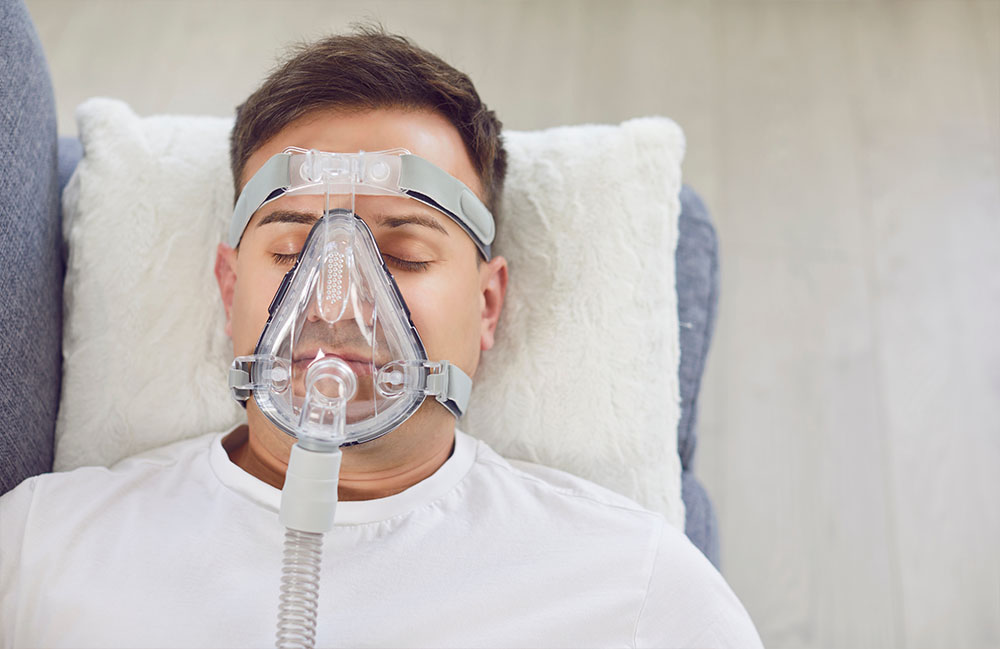
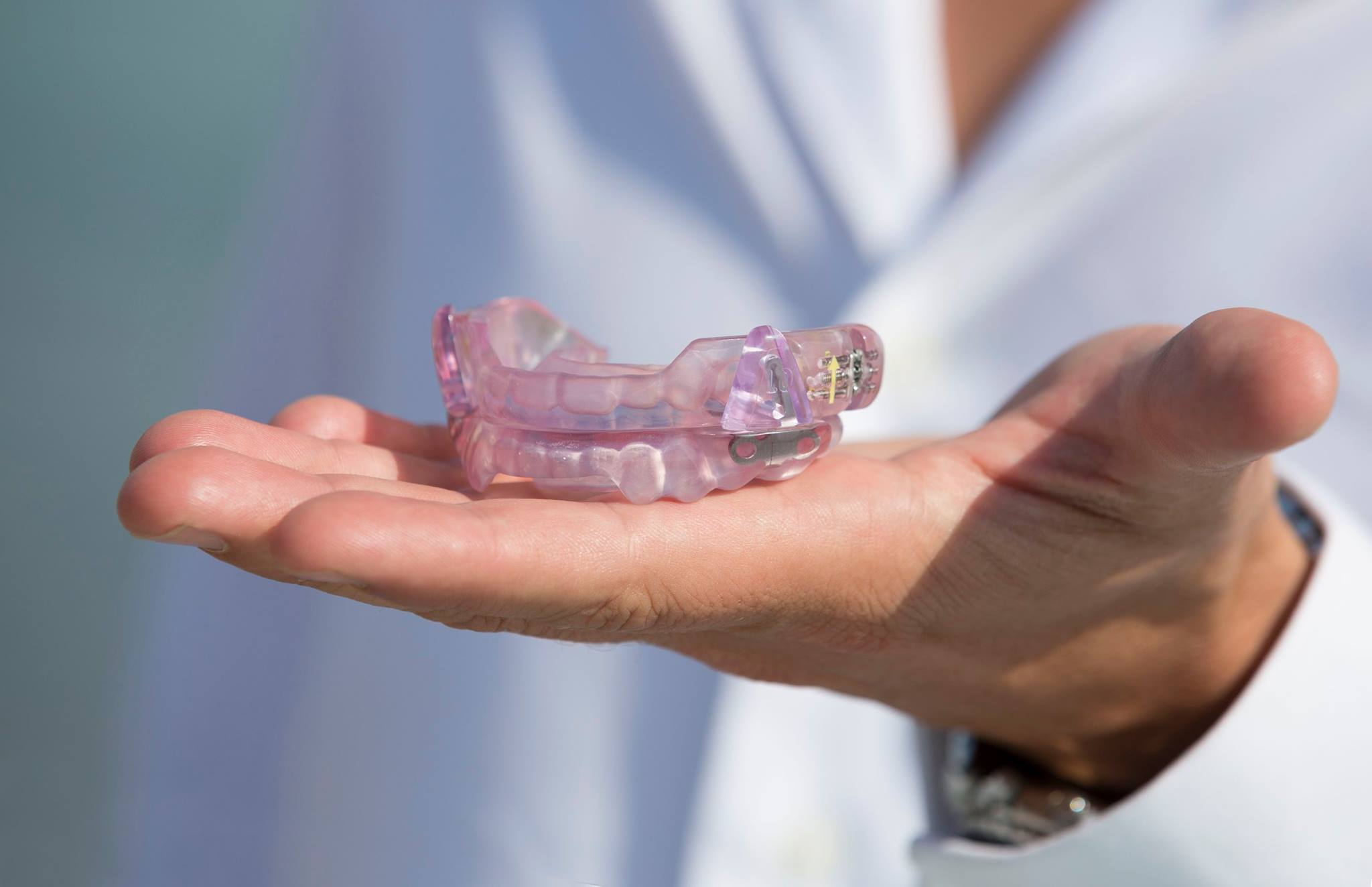
Oral appliances are often prescribed in cases of mild to moderate sleep apnea or snoring. Worn like a mouthguard or an orthodontic retainer, an oral appliance helps keep the tongue and soft tissues in the back of the throat from collapsing, enabling the airway to remain open and patent during sleep.
With several designs available, the appliance selected depends on each person’s unique requirements and needs. However, the treatment goals remain the same; to reduce the incidence and duration of apneas, hypopneas, and snoring.
When it comes to Dental Sleep Medicine, you can rely on our office for the skilled, experienced, and reliable care you require. Treatment, including selecting and constructing each appliance, is based on a complete analysis of your needs, oral anatomy, and precise impressions of your teeth.
Our appliances combine maximum effectiveness and comfort to help ensure you get a safer, more restful, and restorative night’s sleep. Beyond the design, fabrication, and calibration of each appliance, we also do the periodic monitoring and recalibration needed to optimize the health benefits and maintain the integrity of your smile.
Did you know that as many as one in two individuals with sleep apnea don’t know they have it? If you believe that you or a loved one may be suffering from sleep apnea, contact our office today!
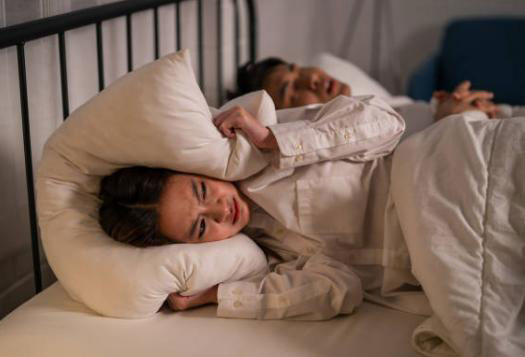
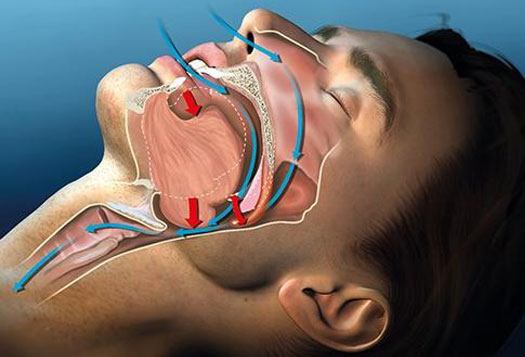
According to the National Institute of Dental and Craniofacial Research (NIDCR), temporomandibular joint disorders (TMJ), also referred to as temporomandibular disorders (TMD), are the most common source of chronic facial pain and jaw dysfunction. It is estimated that more than 10 million people in the United States are affected by temporomandibular joint problems.
There are two temporomandibular joints that connect the left and right sides of the lower jaw to the temporal bone. Both joints and their associated muscles, ligaments and tendons work together to allow for all manner of oral function as the jaw moves up and down, front to back and from side to side. Containing a shock-absorbing, soft disc that sits between the rounded condyles of both sides of the lower jaw and the corresponding concavities in the skull’s temporal bone, the TMJ makes chewing, speaking, yawning and all jaw movements possible.
Since the TMJ is a joint with both up and down hinge-like movements, as well as side to side and front to back sliding motions to perform, it is often considered one of the most complicated joints in the body and one of the most difficult to treat when problems arise.

TMJ disorders can fall into one or more of the following three categories:
The risk for developing a TMJ problem is greater in the presence of long-term teeth grinding or bruxism, a jaw injury or various types of arthritis such as rheumatoid arthritis and osteoarthritis. Furthermore, the manifestations of a TMJ disorder can vary from person to person with a wide range of symptoms possible, including earaches, ringing in the ears (tinnitus), headaches, back and neck pain, vertigo, muscle spasms and joint tenderness as well as jaw pain, popping or grating sounds with jaw movement, jaw locking and limited jaw movement. For some people a TMJ disorder can be resolved within a relatively short period of time, while for others it will continue to persist despite extensive therapy.
When evaluating for the presence of a TMJ disorder, the dentist will perform a thorough clinical assessment of joint symptoms and function. Special radiographic imaging and other diagnostic tests will be ordered as needed. The treatment of a TMJ disorder may include oral appliances such as night guards or stabilization splints to alleviate strain on the joints. Other types of therapy may include steroid injections, occlusal adjustments as well as orthodontic or prosthodontic treatment to improve occlusion. In cases of persistent and serious TMJ problems, surgery may be recommended.
Methods of self-care can be helpful in alleviating some of the symptoms of a TMJ disorder. Patients are typically advised to eat soft foods, avoid extreme jaw movement such as wide yawning and gum chewing, to practice stress reduction and relaxation techniques and applying ice packs or moist heat as directed. If recommended, a patient should follow the dentist or therapist’s instruction for gentle stretching exercises. The short-term use of over-the-counter, non-steroidal, anti-inflammatory drugs and pain medications may provide relief. If not the dentist or physician may prescribe stronger pain or anti-inflammatory drugs, muscle relaxants or anti-depressants.
Fax: